Over the years, and today many valuable books about Armenian art and culture were published. With the help of the authors of these books, were recovered defferent kinds of art, that were waiting fo their hour. The whole team of “Arvestagir” gathered those books that will interest both specialists and Armenian art lovers, giving them lots of information with a very easy language.
And So…

S.S. Manukyan, V.O. Ghazaryan, Matenadaran, Armenian manuscripts of VI-XIV centuries, Moscow, 1991
This russian-language book presents the armenian manuscripts of 6-14th centuries, kept in Matenadaran of Yerevan. The book contains numerous monuscripts with careful descriptions. The images and the script of the monuscrips is represented in this book. The text is accompanied by a unique and good quality reprints, that are hard to find in other books.
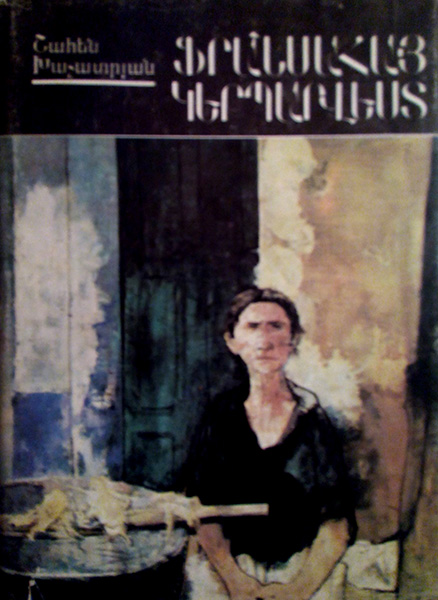
Shahen Khachatryan – Armenian-French fine art (Ֆրանսահայ կերպարվեստ), 1991, Yerevan.
The book contains the history of fine arts of the Armenian-French artists. Provides creative portraits of artists, including E. Shahin, A. Gyurjyan, V. Mahogany, Z. Zakaryan, Garzou and others.It is rich with unknown materials and information to us. This is the first complete work devoted to Armenian-French fine art.
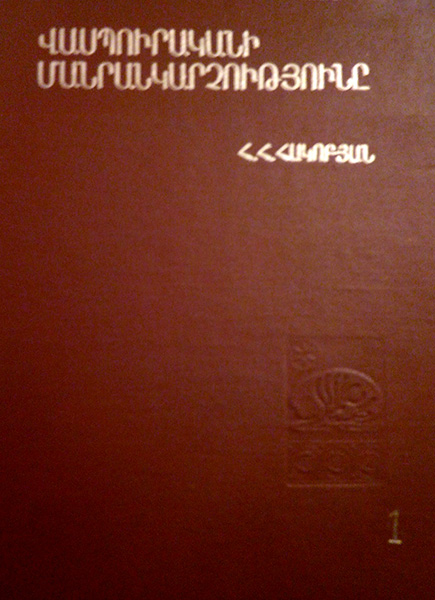
Hravard Hakobyan, The Vaspourakan Miniature (Վասպուրականի մանրանկարչություն), book I, Yerevan, 1976
The author of this work presented the social-cultural atmosphere which shaped the original style of Vaspurakan miniatures. As a separate issues for consideration the author have been considered one of the founders of Vaspurakan school Simeon Archishetsi, as well as works by artists of Akhtamar 14th and 15th centuries, associated with the aesthetic preferences of this time and social-political events.

Hravard Hakobyan, The Vaspourakan Miniature (Վասպուրականի մանրանկարչություն), book II, Yerevan, 1982
The book presents the life and work of Armenian artists from the 30’s of the 14th century to 50’s-60’s of the 15th century.

Levon Chookaszyan, Grigor Tsakhkogh (Գրիգոր Ծաղկող), Yerevan, 1986
The study focuses on the illustrations one of the exceptional monuments of Armenian miniatures “The Gospel Targmanchats”, 1232. In this work the author investigated the iconographic and stylistic features of the decoration of the manuscript of Grigor Tsakhkogh, its relationship to ancient traditions and the art of his time.

Gold of ancient Armenia (Հին Հայաստանի ոսկին), Yerevan, 2007
The book contains gold and partly gold items, found on the territory of the Armenian Highland since the 3rd thousand BC until the 14th century CE. It gives the description and the history of found objects, and explores gold in the context of the worldview of that time. The book is valuable also for its illustrations.

Hamlet Petrosyan. The khachkar. the origin, function , iconography, semantics (Խաչքար. ծագումը, գործառույթը, պատկերագրությունը, իմաստաբանությունը), Yerevan, 2008
As the title of this work suggests, it is devoted to the culture of the Armenian cross-stones, their origin, functions. The book is full of high quality, digital photos.
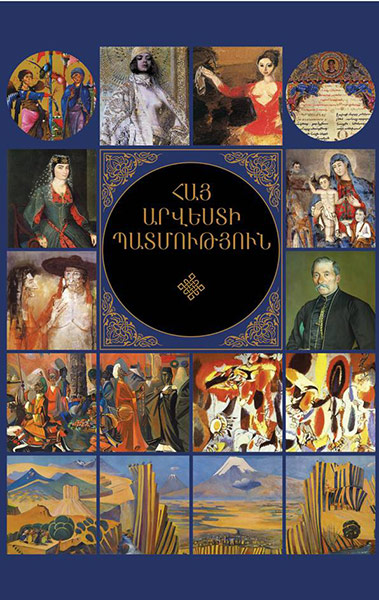
Ararat Aghasyan, Hravard Hakobyan, Murad Hasratyan, Vigen Ghazarian, History of Armenian art (Հայ արվեստի պատմություն), Yerevan, 2009
The book has more exploratory function. Experts on a fairly simple language presented the history of Armenian art and architecture, from ancient times to the present day.
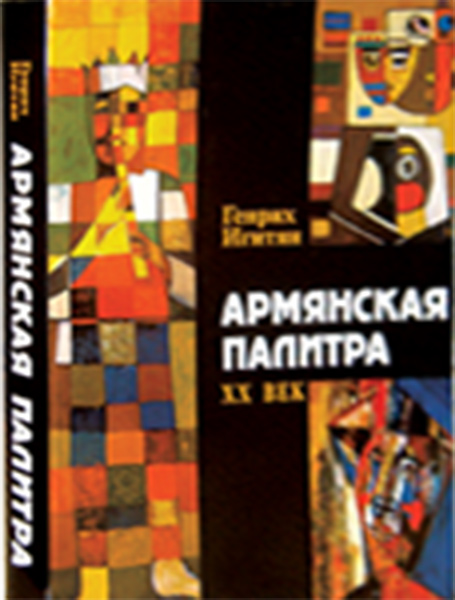
Henrik Igityan, Armenian palette, 20th century, Yerevan 2004.
The first part of the English and Russian-language book by art critic Henrik Igityan, where the greatest representatives of the Armenian art of the 20th century are presented. Biographies of artists are accompanied by good quality reprints and analytical texts by Henrik Igityan. The book is an excellent guide for the study of 20th century Armenian art and especially the art of 1960-80s.
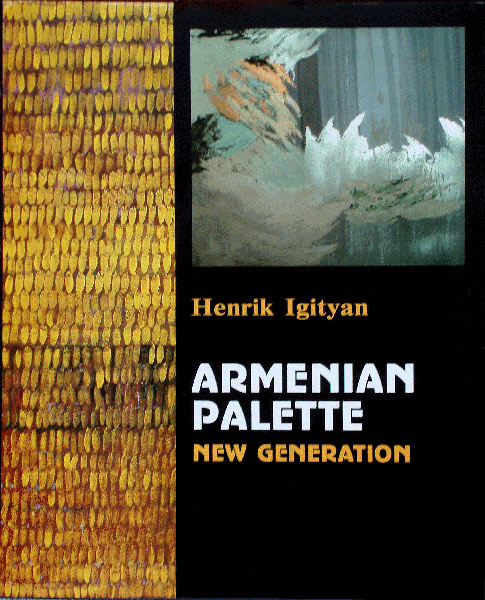
Henrik Igityan, Armenian palette, new generation, Yerevan, 2005.
The book is the second part of the English and Russian-language book by art critic Henrik Igityan where the art of the young generation of Armenian contemporary art in the 1990s. The book includes a biography and reprints of artists’ works. In addition, readers are presented with a range of art critics, with small-scale analytical texts. The book is a guide to serve to th researchers of Armenian contemporary art.

Stream of Fire, New art from Armenia, Cyprus, 1995
This English-language book published in Cyprus is a great guide on new approaches to contemporary art of the new generation of the 1990s. In addition to short biography, the book includes also reprints of the works of the artists.

Garegin Hovsepyan, “Amenaprkich” of Havuts Tar and other similar monuments of the Armenian art (Հաւուց Թառի Ամենափրկիչը եւ նոյնանուն յուշարձաններ մէջ հայ արուեստի), 1937, Jerusalem
In this work, Garegin Hovsepyan writes not only about the monastery “Havuts tar”, which is the religious and cultural center of medieval Armenia, but also Armenian khachkars called “Amenaprkich”. The book is dedicated to the memory of academician Nikolay Marr.

Bezalel Narkiss, Armenian Art treasures of Jerusalem, 1979
The work is devoted to Sirarpi Ter-Nersisyan, it’s in English. Illustration of the book are made on the basis of the catalog of Michael Stone. The pictures of the book are presenting the treasures of Armenian art, located in Jerusalem: the crafts, Armenian mosaics of Jerusalem, unique miniatures of manuscripts. The images in the book run parallel with the text.
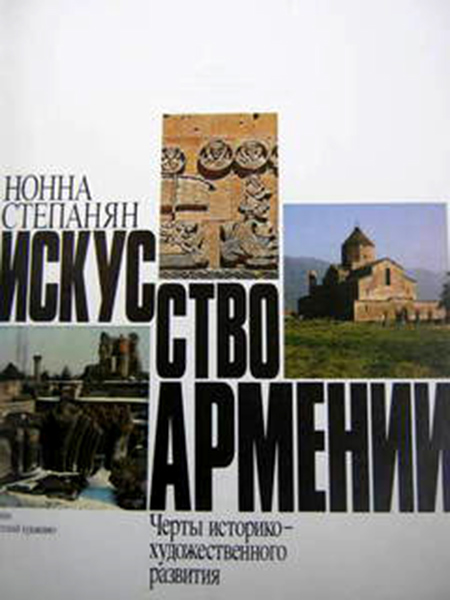
Nona Stepanyan, Armenian Art (Искусство Армении), Yerevan,1989
This is an unique work. The author writes about art of the middle ages of Armenia, as well as sculptured art and mural paintings and miniature, and also decorative art. Here presented the late medieval art and art of the new time, with the best examples mentioned the Armenian art of 16th-18th, then 19th-20th century. And finally “The Art of Soviet Armenia” from 1920-1940’s, 1940-1960’s and 1960-1980’s.
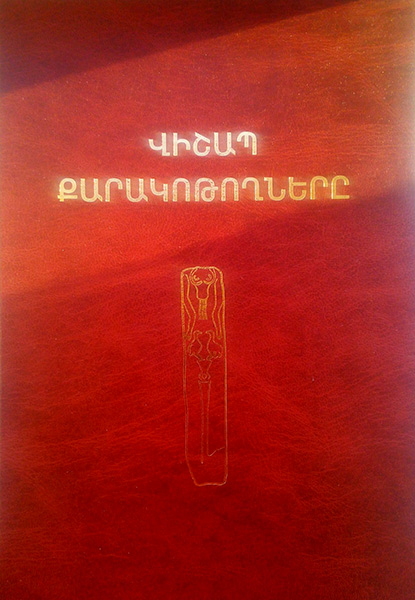
The Vishap Karakotoghs (Վիշապ քարակոթողները), ed. by A. Petrosyan, A. Bobokhyan, Yerevan, 2015
Armenian stones, called vishaps (dragon) is preserved in the Armenian highlands, mostly in the high mountains. This collection includes all the dragon-stones , found in different places, and what is most interesting in different situations. In the book definitively considered all types of vishaps (dragons) and places, and here you can find new mythical, ethnographic and archaeological facts. The book will interest everybody.
Siranush Galstyan, Look at our cinema: past and present(Հայացք մեր կինոյին.պատմությունը և ներկան), Yerevan, 2011
This work includes the history of Armenian cinematography from the founding to the present day. The book is for professionals, students and also art lovers. Using books, literature and study of authors, written in the past, combining it all with her opinion the film critic, candidate of the arts Siranush Galstyan created meaningful work, referring to the famous figures of Armenian cinema, the films that are familiar to us and which we did not know. The analytic view of movies and perfect photos the reader unwittingly becomes a direct participant of action.
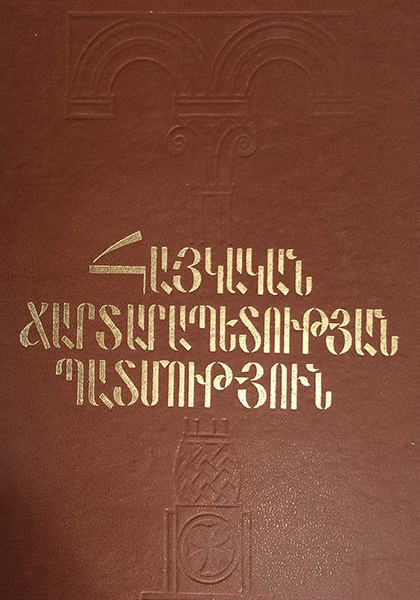
Varazdat Arutunian, History of Armenian architecture (Հայաստանի ճարտարապետության պատմություն), Yerevan, 1992
The book is a rich material for the study of Armenian architecture. It contains centuries-old history of the Armenian art of construction, urban development and architectural culture.

Vahagn Grigoryan, The small early Medieval monuments of Armenia (Հայաստանի փոքր վաղ միջնադարյան հուշարձանները), Yerevan, 1982
The book examines a small Central-domed monuments 5-7th centuries, which represent the initial ring domed compositions. They are considered from the compositional, constructive and decorativ point of view.
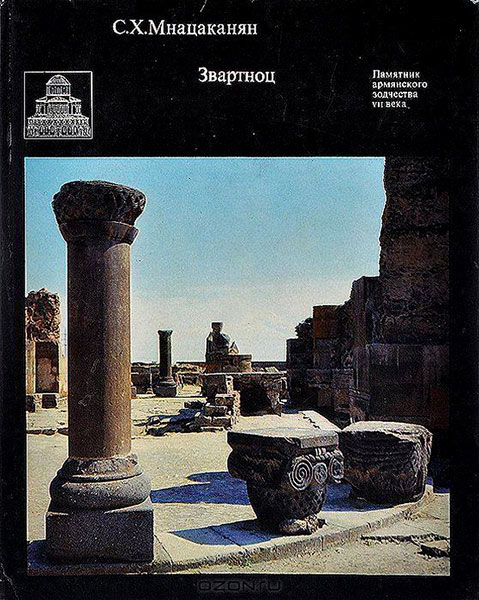
Stepan Mnatsakanyan, Zvartnots and other similar monuments (Զվարթնոցը և նույնատիպ հուշարձանները), Yerevan, 1971
The author writes about the masterpiece of classical Armenian architecture, Zvartnots Cathedral, and other similar monuments of the Caucasus. The book focuses on the study of cathedrals, similar to Zvartnots. Here we study their origins, and their similarity with the Syrian and Byzantine monuments.
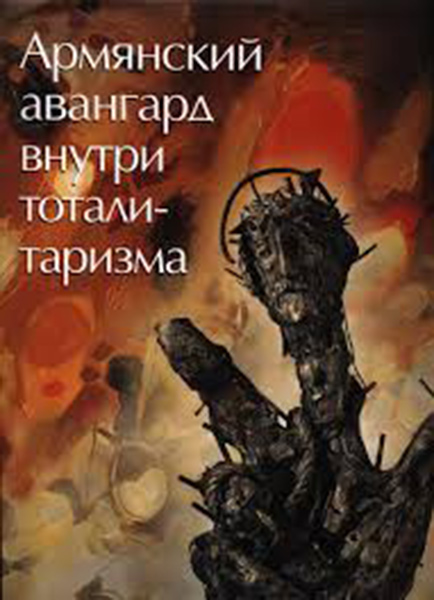
Ruben Angaladyan, Armenian avant-garde inside totalitarianism, 2006
This Russian and English language book by culturologist Ruben Angaladyan is an extensive work about the Armenian avant-garde art. The general panorama of the Armenian culture of the 1960-80s is represented in prologue. Then, the prominent representatives of the Armenian avant-garde, their works and analytical texts by Ruben Angaladyan are represented in the book.
To be continued…





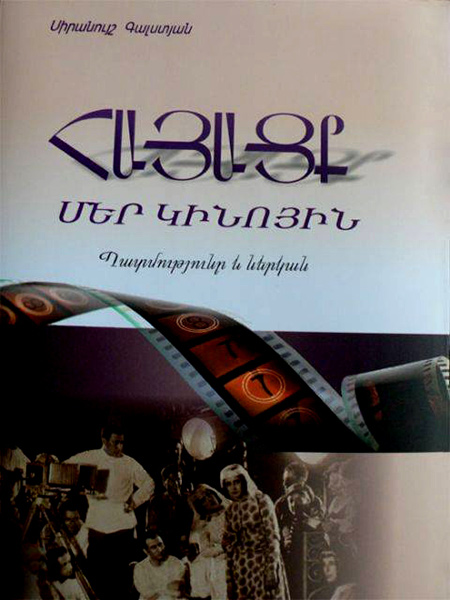
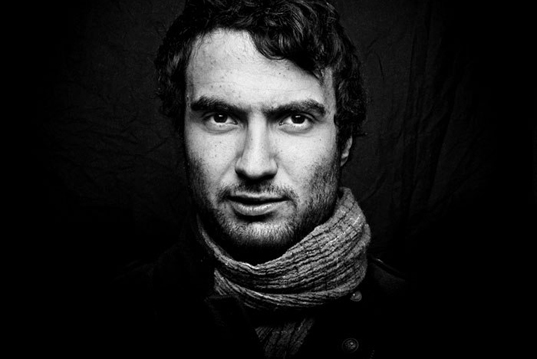
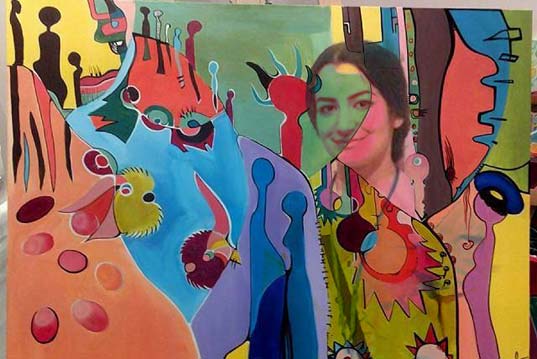
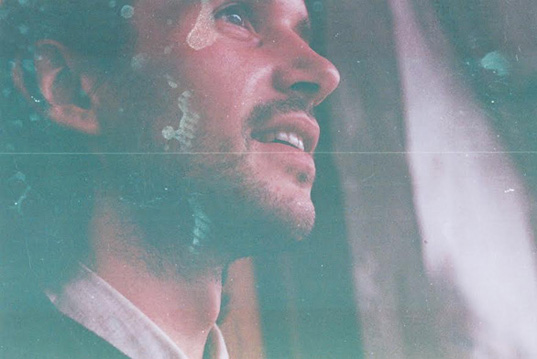
Leave a Reply